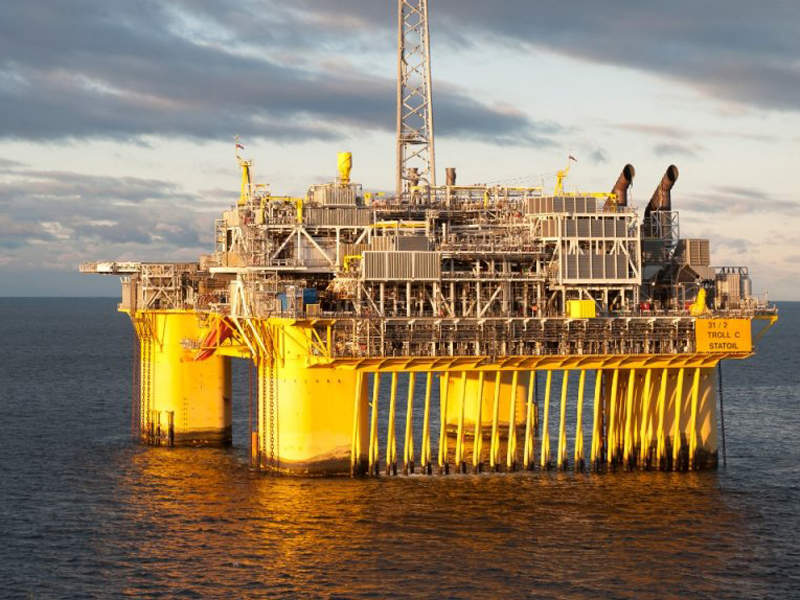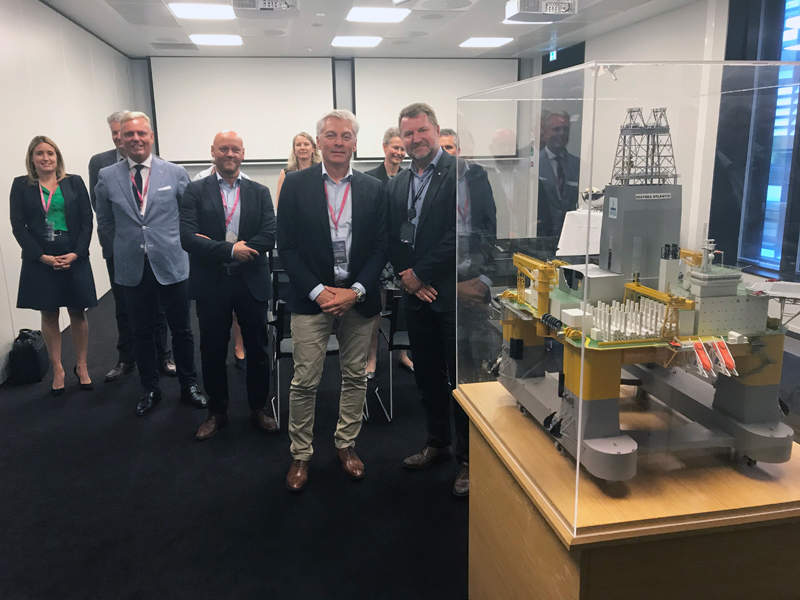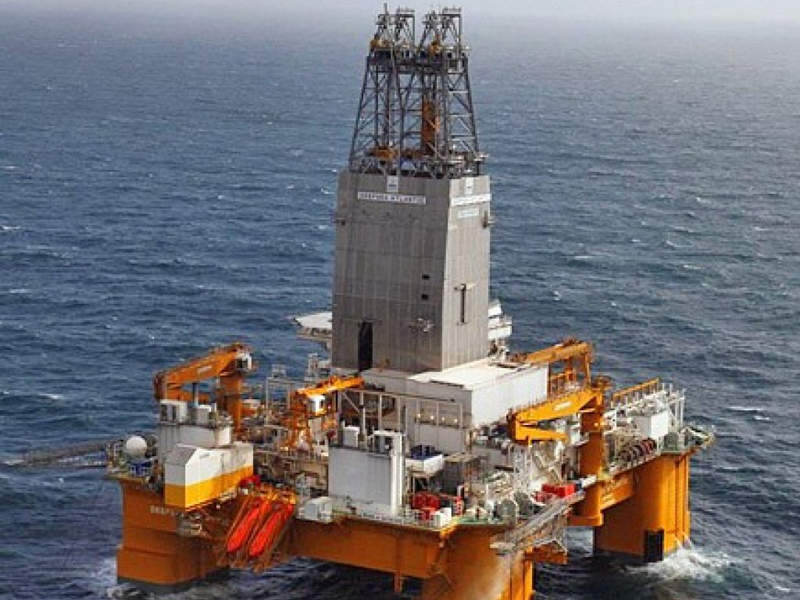The Fram oil and gas field is situated within block 35/11 of production licence 090 (PL090) in the northern region of the Norwegian North Sea.
It lies approximately 20km north of the Troll field in 350m of water.
The PL090 licence is jointly owned by its operator Equinor (45%), ExxonMobil Exploration and Production Norway (25%), Neptune Energy (15%) and Idemitsu Petroleum Norge (15%).
The field was developed in two stages known as Fram West and Fram East respectively.
Production from the site originally commenced from the Fram West field in October 2003.
Fram’s development partners announced a Nkr1bn ($122.6m) extension project in November 2017 in order to increase oil and gas production from the field.
The extension project is slated to commence production in 2019 and represents a 70% increase in reserves compared to the original estimated given during the initial planning and development stage.
The life of field was initially estimated to run until 2023, while the licence was scheduled to expire in 2024.
However, the planned extension will prolong the life of the field until 2030.
In addition, the field life is expected to be further extended due to the additional development plans for the Fram area.
Fram field discovery, geology and reservoir details
The Fram oil and gas field was discovered in 1990 by the 35/11-4 discovery well.
Its hydrocarbons are contained in turbidite sandstones and the shallow marine sandstones of the Jurassic-age Draupner and Sognefjord formations, as well as a middle Jurassic-age Etive formation.
The Fram reservoir is located at a depth of 2,300m-2,500m in various isolated, rotated fault blocks.
The field’s total recoverable reserves are estimated to be 150 million barrels of oil, 8.4 billion cubic meters of gas and 100,000t of natural gas liquids (NGL).
Fram field extension project details
The Fram field will be extended via the installation of a new gas module at the Troll C platform and the drilling of three new wells at a cost of roughly Nkr1.9bn ($234.5m).
Its new gas module will increase the recovery of resources from the Fram area, which was previously limited due to the current gas processing capacity at the Troll C platform.
The installation of the gas module began early in May 2018, while installation on the platform is slated to commence in June 2018.
Fram’s three new wells will reuse the three existing well slots in order to reduce the need for new subsea installations.
The wells will be drilled using the Deepsea Atlantic semi-submersible drilling rig.
Drilling works are scheduled to commence by January 2019 and are anticipated to take approximately one year to complete.
Contractors involved
Equinor signed a master framework agreement with Odfjell Drilling to provide drilling services for the field’s development.
Aibel was awarded the engineering, procurement, construction and installation contract for the new gas module.
The company was also responsible for carrying out the front-end design and engineering study for the module.
Fram field development background
The plan for the development of the Fram West field was approved by the Norwegian Government in March 2001 and the site initially came on stream in October 2003.
The plan for the development of the Fram East field was approved in April 2005, while production began in October 2006.
Both the Fram West and East fields were developed using two subsea templates comprising four wells each.
The subsea templates are tied back to the Troll C platform.
Gas extracted from the field is re-injected into the Fram West reservoir as pressure support, while water produced from Troll C platform is used for pressure support at the Fram East field.
The oil extracted from both the fields is sent to the Mongstad refinery via the Troll oil pipeline II, while the gas is sent to the Troll A facility for processing before being transported to the Kollsnes terminal.






